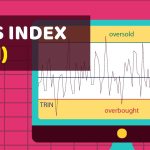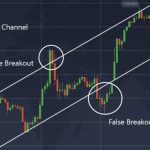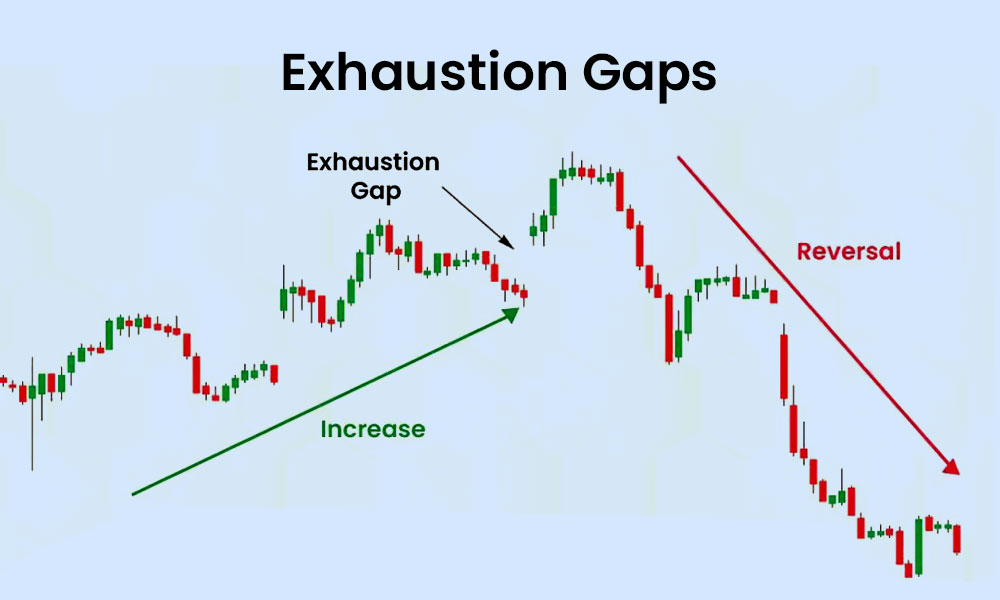
By ATGL
Updated February 28, 2025
Triangle chart patterns represent distinct formations in price charts that technical analysts monitor to aid in making investment decisions. These patterns emerge through the compression of price movements, forming triangular shapes on charts. By analyzing these patterns, you can anticipate potential price movements and develop appropriate trading strategies.
Understanding Triangle Chart Patterns
Triangle patterns form when price fluctuations gradually narrow over time, creating a triangular shape on the chart. These patterns typically manifest during consolidation phases, where market indecision leads to decreasing volatility before a significant price movement occurs. The duration of triangle formations varies from several weeks to months, with the pattern becoming more reliable as it develops.
The core characteristic of triangle patterns involves the convergence of support and resistance levels. As buyers and sellers reach equilibrium, trading ranges contract, leading to decreased volatility. This contraction often precedes a breakout, where prices move decisively beyond the pattern’s boundaries.
Unlike other trading patterns, triangles provide valuable insights into both price targets and the potential timing of breakouts. The height of the triangle at its widest point offers a measurement for projecting price objectives following a breakout.
Types of Triangle Patterns
Technical analysis recognizes three primary triangle patterns, each with distinct characteristics and implications for future price movements.
Ascending Triangle Chart Pattern
The ascending triangle chart pattern features a horizontal resistance line at the top and an upward-sloping support line at the bottom. This pattern indicates bullish sentiment, with buyers consistently willing to purchase at higher prices while sellers maintain a consistent resistance level.
Key characteristics of ascending triangles include:
- A flat upper trendline representing consistent resistance
- An upward-sloping lower trendline showing increasing support levels
- Decreasing volume as the pattern develops
- Typically, bullish implications, particularly in uptrends
Ascending triangles generally signal continuation in an uptrend, though they occasionally form reversal patterns during downtrends. The pattern completes when price breaks through the upper resistance line, often accompanied by increased trading volume.
Descending Triangle Chart Pattern
The descending triangle chart pattern displays a horizontal support line at the bottom and a downward-sloping resistance line at the top. This formation suggests bearish market sentiment, with sellers accepting progressively lower prices while buyers maintain support at a fixed level.
Distinguishing features of descending triangles include:
- A flat lower trendline representing consistent support
- A downward-sloping upper trendline showing decreasing resistance levels
- Gradually declining volume within the pattern
- Predominantly bearish implications, especially in downtrends
Similar to the Bear Pennant trading pattern, descending triangles typically forecast continuation in a downtrend. The pattern completes when price breaks below the support line, often with a notable increase in trading volume.
Symmetrical Triangle Chart Pattern
The symmetrical triangle chart pattern presents converging trendlines, with the upper line sloping downward and the lower line sloping upward. This pattern indicates market indecision, with neither buyers nor sellers gaining a decisive advantage.
Notable characteristics of symmetrical triangles include:
- Converging upper and lower trendlines with roughly equal slopes
- Decreasing volume as the pattern progresses
- Neutral bias until breakout direction becomes apparent
- Tendency to function as continuation patterns in existing trends
The direction of the breakout from a symmetrical triangle often aligns with the prevailing trend, though exceptions occur. Wait for a clear breakout before establishing positions.
Identifying Triangle Patterns on Charts
Accurate identification of triangle patterns requires methodical identifying trends in stock charts and precise drawing stock charts techniques. When analyzing potential triangle patterns, consider these guidelines:
First, identify at least two points for each trendline. For the upper trendline, connect at least two significant highs; for the lower trendline, connect at least two significant lows. The pattern becomes more reliable when more points align with these trendlines.
Second, confirm the convergence of trendlines. In valid triangle patterns, trendlines should converge toward a future point, creating the characteristic triangular shape.
Third, monitor trading volume. Volume typically decreases as the triangle pattern develops, often reaching its lowest levels near the apex before expanding significantly during breakouts.
Fourth, assess pattern maturity. The most reliable triangle patterns develop over extended periods and complete between 50-75% of the way to the apex. Patterns that reach the apex without breaking out frequently lead to weaker subsequent movements.
Signals Indicating Continuation vs. Reversal
While triangles primarily function as continuation patterns, they occasionally signal reversals. Distinguishing between continuation and reversal scenarios improves trading success rates.
For continuation signals, examine the prevailing trend before the triangle forms. Triangles appearing mid-trend more likely indicate continuation. Additionally, ensure the pattern respects trendlines without significant violations. Lastly, analyze volume patterns for gradual decline within the formation followed by expansion during breakouts.
For potential reversals, watch for triangles forming after extended trends, particularly with diminishing momentum. Monitor oscillators for divergence between price and indicators, which may signal reversal potential. Also, note breakouts contrary to the prevailing trend, especially with strong volume confirmation.
Trading Strategies for Triangle Patterns
Effective triangle pattern trading requires systematic approaches tailored to each pattern type.
For ascending triangles, enter long positions when price breaks above the horizontal resistance with increased volume. Set stop-loss orders slightly below the most recent swing low within the pattern. Target profits by measuring the height of the triangle at its widest point and projecting that distance upward from the breakout point.
For descending triangles, enter short positions when price breaks below horizontal support with increased volume. Place stop-loss orders slightly above the most recent swing high within the pattern. Project profit targets by measuring the pattern’s height and extending that distance downward from the breakout point.
For symmetrical triangles, wait for a confirmed breakout in either direction before establishing positions. Entry points should occur when price closes beyond the trendline with increased volume. Set stop-loss orders at the opposite trendline or recent swing high/low. Calculate profit targets using the pattern’s height projected from the breakout point.
Impact of Economic News on Triangle Breakouts
Economic announcements and news events significantly influence triangle pattern breakouts. Major economic reports, corporate earnings announcements, and central bank decisions often trigger breakouts from established patterns.
You should maintain awareness of scheduled economic events when trading triangle patterns. False breakouts frequently occur before significant announcements, followed by decisive moves afterward. Consider postponing entries until after major news events to avoid false signals.
Volume analysis becomes particularly important around economic announcements. Genuine breakouts typically display strong volume confirmation, while false moves often lack robust volume support.
Integrating Technical Indicators with Triangle Patterns
Combining triangle patterns with technical indicators enhances trading precision. Momentum indicators like the Relative Strength Index (RSI) and Moving Average Convergence Divergence (MACD) help confirm breakout validity.
When RSI diverges from price within triangle patterns, potential trend exhaustion may occur. Similarly, MACD histogram expansion during breakouts supports genuine moves rather than false breakouts.
Moving averages provide additional context for triangle patterns. Breakouts occurring above key moving averages in ascending triangles reinforce bullish signals, while breakouts below important moving averages in descending triangles strengthen bearish indications.
Succeeding in the Stock Market
Mastering triangle chart patterns provides a significant advantage for technical analysts and traders. These formations offer valuable insights into market psychology and potential price movements when correctly identified and interpreted.
To maximize your trading success with triangle patterns and other technical analysis tools, consider exploring Above the Green Line’s comprehensive educational resources and trading services. Our expert analysis and specialized tools can help you identify profitable opportunities across various market conditions.
For personalized guidance and advanced trading strategies tailored to your investment goals, explore our membership options today. Our professional team provides the knowledge and support necessary to navigate complex market environments with confidence.






